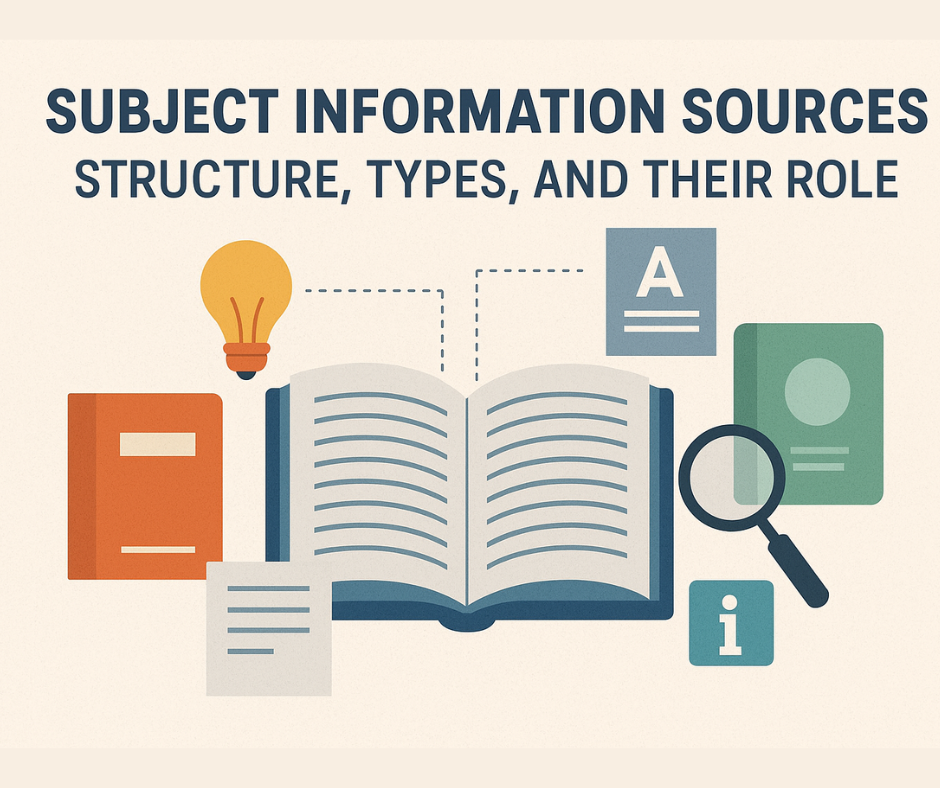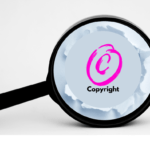A significant number of subject experts are required in the editorial board to create a general reference source. Because subject experts are required for each field of the knowledge sector or for the inclusion of information in the selected subject area, even if it is limited in scope. The scope of general reference information sources is more extensive. There is no limitation in the inclusion of information. On the other hand, there is a limitation in the inclusion of information in any subject area and it is limited only within the scope of the subject area.
Whether a researcher seeking information, a library user or a librarian uses reference sources, the nature of the source required will be determined based on their needs. If a limited discussion on a subject is required from a general perspective, he can take the help of general reference sources. On the other hand, if he needs a wide and comprehensive discussion and information on a specific subject, he will certainly not be encouraged to use information on the subject. Because the latter sources are capable of providing comprehensive and accurate information only in a subject area.
Subject Information Sources:
A subject reference source can be defined as a Publication in which items of information about one particular subject literature, history, music, sports education, are brought together from many sources and arranged so that individual items can be found quickly and easily.
A subject reference material presents a student with significant information on various topics in the knowledge domain.
1. A subject reference source provides more information on a subject from a thematic perspective than a general reference source and provides more completeness to the information presented by general reference information sources. A subject reference source surprises and fascinates the reader, user and researcher by including topics that a main source would have omitted without incorporating information.
2. A general dictionary may not include a definition for any word/phrase on a subject. But a subject dictionary presents the specific definition, usage, etymology, and application of specific words/phrases on that subject in a very smooth and comprehensive way.
3. A subject reference source presents a development history of how each idea on that subject was born, how it was developed, how it was used at different times and reached its current meaning.
4. An introductory discussion and background on a specific subject, that is, the background to the subject is explained.
5. These subject reference source books provide reliable and acceptable solutions to various problems on the subject.
6. Analyze the explanations of various theories and concepts.
7. Identify, evaluate, describe and introduce the literature of a specific period.
8. Provide an idea about the latest development of the subject area at a specific time and present information about the direction in which the subject is turning in terms of development in the latest situation.
In the field of subject information sources, it is observed that almost every subject has its own several independently published publications. For example: Dictionary of Music, Catalog of Arts, Handbook of Tables and Formulas of Science, etc.

Types and Purposes of Subject Information Sources:
The types of subject information sources are similar to those of general information sources. They are used for different purposes in a specific subject area. Some of the types of information sources are discussed below:
1. Bibliographies and Guides:
a. Provides a guide to what can be found on a specific subject.
b. Serves as a reference source for works that may not be available in the library.
c. Provides descriptive and evaluative information on information that cannot be contained in the catalog card and identifies items that are not listed in the catalog, such as periodicals, excerpts from books, and other items that fall within the scope of the subject.
d. The materials are arranged according to the subject matter, such as dictionaries, history, encyclopedias, handbooks, reference books, literary criticism, etc., and provide necessary instructions on their use.
Example:
Bibliography of English literature
A Reader’s Guide to the Great Religion
2. Indexes :
a .Indicates where to find articles published in periodicals on a particular subject.
b .Indicates the original sources in which plays, short stories, essays, and poems can be found.
c . Analyzes books and parts of books
Example:
Sort Story Index
Applied science and technology Index
3.Dictionary:
a. Includes specific definitions and specific explanations and concepts on subject terms or trams.
b. Helps to establish a vocabulary within its own subject area.
c. Acts as a guide to the current and historical use of words and phrases.
d. Provides short and concise answers to questions.
e. Can provide chronological events.
f. Can also provide biographical information
g. Mentions pronunciation
Example:
Harper’s Dictionary of Music
Dictionary of Computer
Dictionary of Library and Information Science
4. Encyclopedia:
a. Includes ‘substantive discussion’ on various aspects of the subject in terms of various phrases and topics.
b. Analyzes the historical background, trends and trends and the impact of events on the subject.
c. Presents the progress of the development of the subject.
Example:
Encyclopaedia of World Art
The Encyclopaedia of library and information science
5. Handbook and Manual:
a. Provides a well-thought-out, identified and institutionalized discussion of various references, indirectly mentioned subjects, dates, quotations, literary characters.
b. Presents the plots of literature briefly.
c. Provides necessary statistics and data.
d. Provides necessary instructions in special cases.
Example:
The Oxford companion to English literature
Halliwell’s film Guide
6. Calendar and annunciation:
a. Summarizes the events of the past year. It also contains information on the research programs, research projects undertaken and completed in the past year.
b [Hand -to-locate] These informational sources act as
Example:
Sports Yearbook
Environmental Yearbook
7. Collection:
a. Selected sayings, articles, poems, plays, short stories, periodical literature and other works are compiled/collected and published.
b. Serves as a source of information on literature, history, education, psychology, philosophy and various subjects.
Example:
Penguin Dictionary of Quotations
Eternal Love Words
Historical Dictionary
8. Maps and Gazetteers
a. Provides various information on geography – abstracts, maps, text or both.
b. Provides complete information (literature) on various industrial and factory locations, industrial products, and manufactured goods.
Example:
Atlas of American History
Oxford Economic Atlas of the World
9.Biography
a. Provides brief information on famous people in a specific subject/subject area such as: writers, scholars, scientists, educationists, researchers, librarians, etc.
b. Can also provide bibliographies of works in the form of books and a bibliography written by evaluating the writings of an author, etc.
Example:
World Authors, 1970- 1975
American men and women of science
10. Helpful reference book to provide brief information on the following topics: Reference histories give factual information, trends and main facts of development :
a.Chronology
b.Interpretation of events
c. Bibliographical data
d. Bibliographical information
Example:
The Oxford History of English Literature
The Cambridge History of American Literature
11. Professional periodicals, journals that are always up-to-date, that is, rich in timely information, publish various articles, research, references, book reviews; or publish works that shed light on various branches of the subject field, reflecting various movements and developmental programs in the subject.
Example:
The Eastern Librarian
Psychological Abstracts
Science Abstracts
12. Abstract journals publish summaries of articles published in periodicals and other media. We can call abstracts a summary of an article, booklet, book, monograph or report that contains important and significant considerations on the subject covered by that particular item. It is also mentioned here that the bibliographic information of the abstract included in the journal abstract is included.
13. A significant number of non-fiction sources are available in each subject area. These include audio recordings, disk and tape recordings, transparencies, multimedia kits, video recordings, musical scores, microforms and various data.
14. There are a large number of government publications on development programs and projects in every subject area; these publications are rich in the latest development information in the subject area
Subject information sources are specialized, comprehensive, and systematically organized tools that provide in-depth, reliable, and up-to-date knowledge on a specific field, supporting research, learning, and professional development within that subject area.



